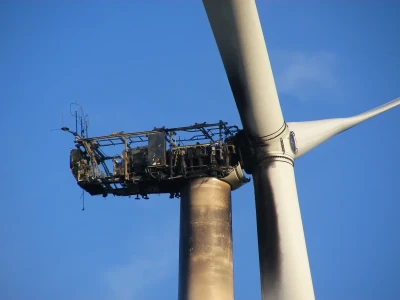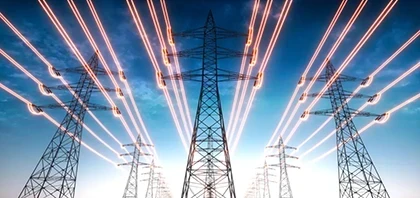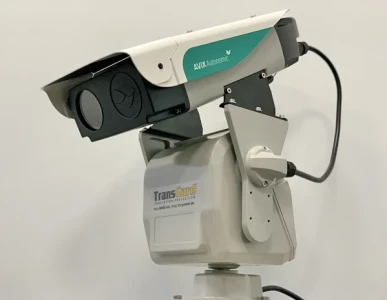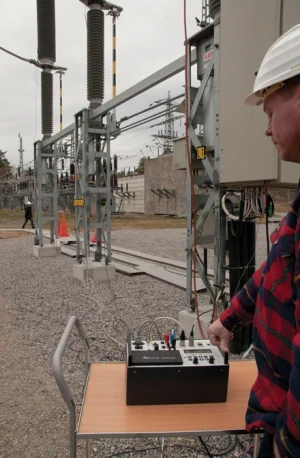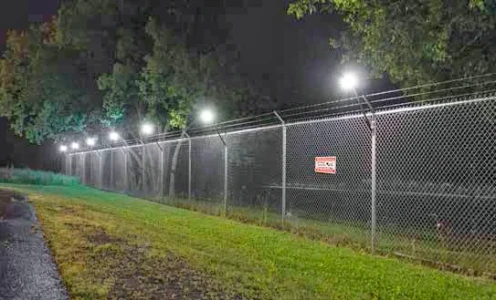Advanced Sensor Technologies for Intelligent Transformers and Substations

In the evolving landscape of power grid management, integrating advanced sensor technologies in intelligent transformers and substations is revolutionizing monitoring and control. These sensors provide real-time data collection and analysis, significantly improving asset management and fault detection. Modern sensors enhance substation automation by enabling real-time monitoring, fault detection, and predictive control.
This article delves into the types of advanced sensors used in transformers and substations, the benefits of real-time data collection and analysis, the integration of sensors with IoT platforms and data analytics tools, and examples of successful sensor deployments and their impact on grid reliability. These intelligent systems rely on precise electrical substation components to ensure accurate data collection and response.
Types of Advanced Sensors Used in Transformers and Substations
Modern transformers and substations increasingly rely on advanced sensors to enhance monitoring, diagnostics, and predictive maintenance. These sensors gather critical real-time data on temperature, vibration, and gas composition, enabling utilities to detect emerging faults before they lead to equipment failure. By integrating these smart sensing technologies, operators can extend asset life, reduce unplanned outages, and ensure safe, efficient grid performance. The following sensor types play a vital role in transformer and substation health monitoring. One vital tool for measurement is the capacitor voltage transformer in substation, which feeds data into protection and control systems.
Temperature Sensors:
Fiber Optic Sensors: These sensors are used to monitor the temperature of transformer windings and other critical components. They offer high accuracy and can operate in harsh environments, providing continuous real-time data.
Thermal Cameras: Deployed for surface temperature monitoring, thermal cameras detect hotspots and potential overheating issues, allowing for preventive maintenance.
Vibration Sensors:
Accelerometers: These sensors detect mechanical vibrations and oscillations in transformers and substation equipment. Analyzing vibration patterns helps identify mechanical issues such as misalignments, imbalances, or bearing failures.
Seismic Sensors: Installed to monitor seismic activity and its impact on substation infrastructure, these sensors help in assessing structural integrity and ensuring safety during earthquakes.
Gas Sensors:
Dissolved Gas Analysis (DGA) Sensors: These sensors detect and analyze gases dissolved in transformer oil, such as hydrogen, methane, and ethylene. The presence and concentration of these gases indicate the condition of the transformer and potential faults like overheating or electrical arcing. These technologies also integrate seamlessly with each electrical substation transformer to enable smarter and safer operations.
SF6 Gas Monitors: Used in gas-insulated switchgear, these sensors monitor the levels of sulfur hexafluoride (SF6), a potent greenhouse gas, to detect leaks and ensure environmental safety. Circuit breakers in substations are increasingly equipped with digital sensors to monitor trip times and thermal load.
Visit our Electricity Forum Electrical Substation Channel Page.
Read full article at Intelligent Transformers & Substations Special Edition


